HOW TO RUN PROPERLY FOR BEGINNERS
To beginners, the movement may appear deceptively simple, but there’s a lot that goes into it. Proper running form involves your full body, from your head down to your feet. Learning how to fix your running posture can help you avoid injury, soreness, and fatigue — indeed, having even one body part slightly out of alignment can disrupt your run.
If you’re new to running, this may sound like a lot to consider. You may need to rethink every step you’re taking. But with a little discipline and persistence, it can quickly become second nature.

9 ways to improve your running technique
Good technique is critical for many runners. There are many small ways to improve your running technique that could make a big difference. Simple adjustments such as the placement of your shoulders, head, and arms can go a long way toward making you a more efficient runner and less prone to injury. Try to incorporate the following running form tips into your next session:
1. Keep your head upright
Running with your head down can cause severe neck pain or create a bad habit that will be hard to break. Having your neck in this position may strain it, which could be painful later on. “If I notice that I’m falling forward,” says, “I focus on lifting my head up to help with posture.”
You should be running with your head up, focusing on the ground 3 meters to 4.5 meters in front of you. Doing so will ensure your head is positioned correctly — not to mention you’ll be less likely to run into things.
2. Maintain good posture
Maintaining good posture is very important to your technique. You want to engage your core by pulling in your stomach while simultaneously keeping your torso straight and your shoulders back. Having bad posture while running will not allow your muscles to work properly, resulting in neck, shoulder, and back strain.
3. Relax your shoulders
The positioning of your shoulders is extremely important. Roll your shoulders back and down so that your back is now upright. This position will engage your core and prevent you from leaning over. Leaning too far backward or forward while running may end in a possible injury to your lower back.
4. Keep your arms at your sides
You should not let your arms swing side to side, as this exerts excess energy. Instead, you should strategically place them so they’ll be at your sides swinging back and forth.
Keep in mind that as your arms are swinging, they should be moving opposite of your legs. When your foot comes forwards, the arm corresponding to that side of the body will be going backward. This motion helps balance your body and makes each stride more efficient. “I focus on maintaining a straight posture, relaxed shoulders, keeping my arms at my side, and taking small steps,” says

5. Bend your elbows
In order to run properly, you need to have a bend in your elbows. Keeping your elbows between a 70-degree and 110-degree angle can have a positive impact on the way you run by helping your body stay in balance. Bending your elbows within this prescribed range of motion will also aid in taking some pressure off your legs and hips.
6. Loosely cup your hands
There’s something to be said for doing what you’re comfortable with, but you should also be aware of what could possibly be slowing you down. Having your hands clenched while running can be extremely draining. This could make your run shorter and slower.
One of the best running tips is to be relaxed. Let your hands fall into a light cupping position, almost a fist. You want this position to feel natural and comfortable and you don’t want any tension in your hands. Having your hands loosely cupped should help you conserve energy and maintain your pace. Little adjustments such as these can make some of the biggest differences in your running performance.
7. Keep your knees loose
Be conscious of the positioning of your knees while you’re running. Doing this could help your whole body. Some people think that running hurts your joints the most, especially your knees. On the contrary, running is proven to fight arthritis if done correctly.
Keeping your knees slightly raised and loose in every stride will help your legs produce a more fluid motion. This positioning will allow for the knees to absorb the impact of your feet hitting the ground more efficiently.
8. Keep your stride light and low to the ground
When running, your stride should feel easy and light, ensuring each foot strike is taken off of the ball of the foot. This way, you can evenly proportion your weight off of both feet. If you are taking shorter strides, you will most likely land with your legs under your body. This helps to have more balance and control. Having a shorter and lighter stride will overall exert less energy leaving you able to run faster and longer.
9. Be mindful of how your feet strike the ground
When you run, you want to be sure that your foot is landing on the inner part of your arch, closest to the middle of the foot, and pushing off with the ball or front of your foot. This running style will absorb the shock of each step, making it easier to continue running.
Avoid Pitfalls: Common Mistakes in Jogging for Beginners
There are a few common mistakes that can slow beginners down or even lead to injuries. Avoiding these will help you stay motivated and healthy in the long run.
- Starting too fast and overexerting yourself: Many beginners set off too quickly and are exhausted within minutes. A steady, comfortable pace helps build endurance gradually and makes running more enjoyable.
- Skipping strength training: Running alone isn’t enough to prepare your body for the strain. Strength and stability exercises help protect muscles, tendons, and joints, improve running technique, and prevent injuries.
- Ignoring proper running form: Poor posture or incorrect movement patterns can lead to knee and hip problems. Keep your posture upright, engage your arms, and land lightly on your feet to minimize impact and reduce injury risk.
- Running through pain: Pain is your body’s way of signaling a problem—ignoring it can lead to serious injuries. Instead of pushing through, adjust your training, take breaks, and seek professional advice if needed.
- Lack of progression: If you always run the same distance and intensity, you won’t see much improvement. Gradually increasing your running distance, incorporating speed intervals, or adding new challenges will keep you progressing and motivated.
Conclusion: Your Path to Becoming a Successful Runner
Running is a great way to stay fit and clear your mind – but the right approach is key to staying motivated in the long run and avoiding injuries.
Sticking with it is important, but it’s just as essential to not overwhelm your body. Unrealistic expectations or pushing too hard too quickly can lead to frustration or even injuries. Instead, approach your training with patience and fun, celebrating small wins along the way. Every kilometre you run, every longer endurance phase, or even just the feeling of running a bit easier are victories that keep you motivated and show that persistence pays off.
So, grab your running shoes and go for it – what are you waiting for?




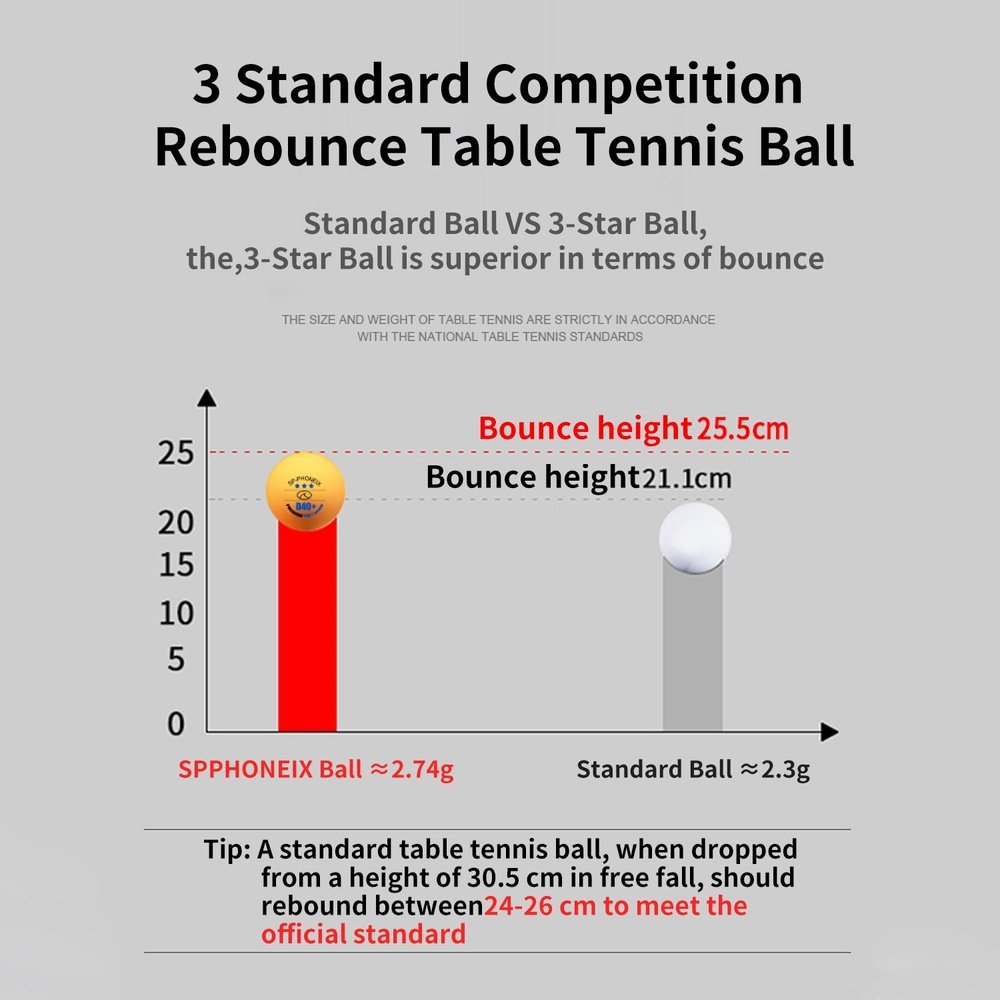
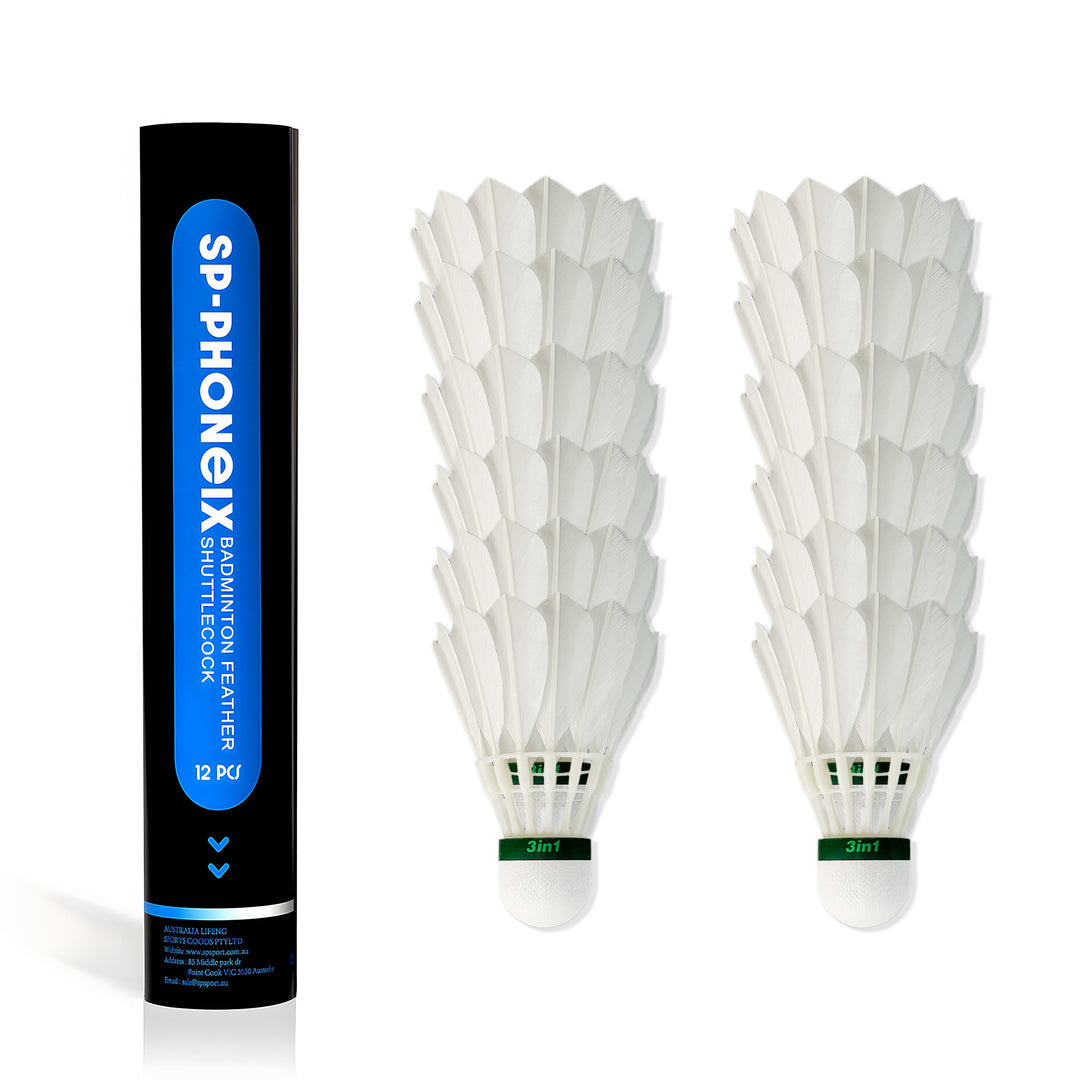

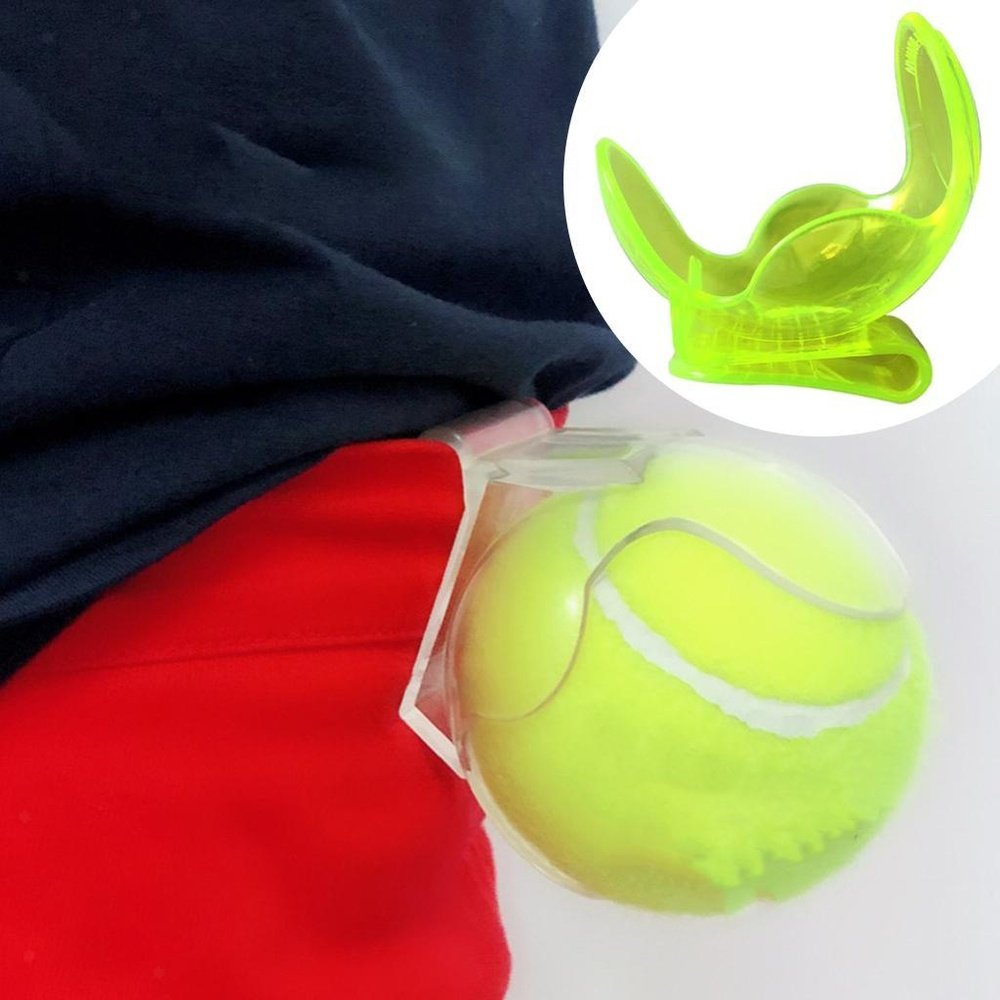

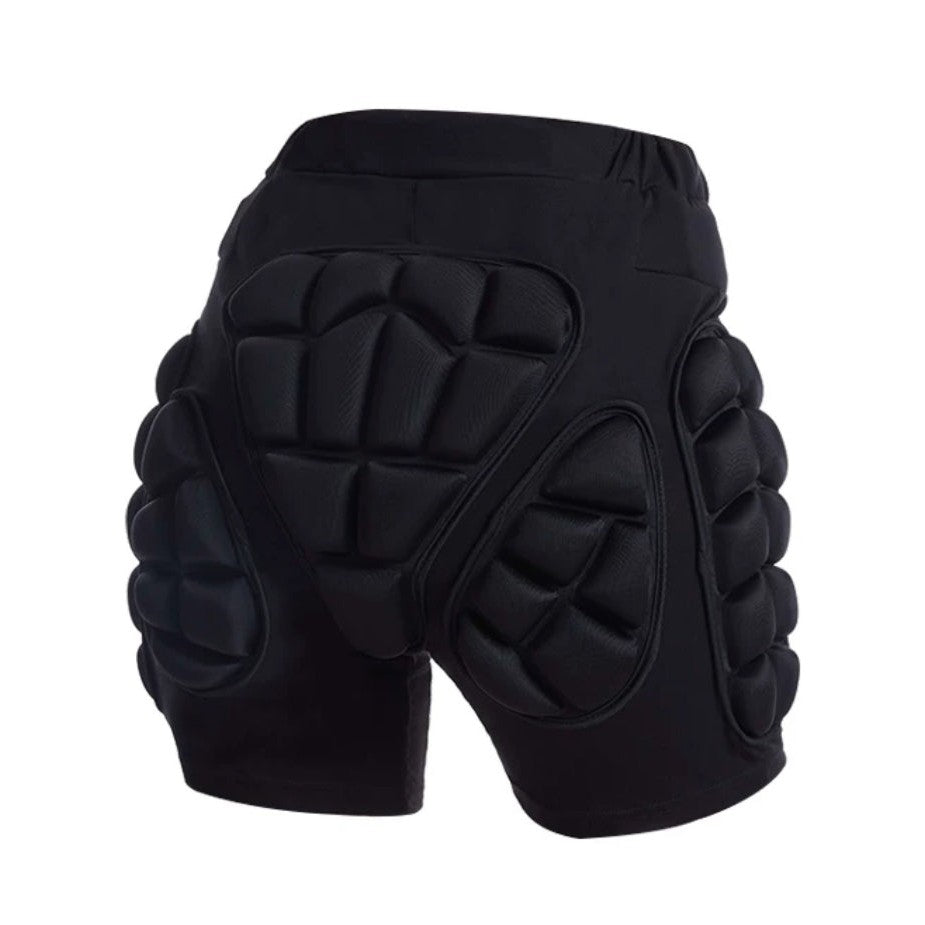






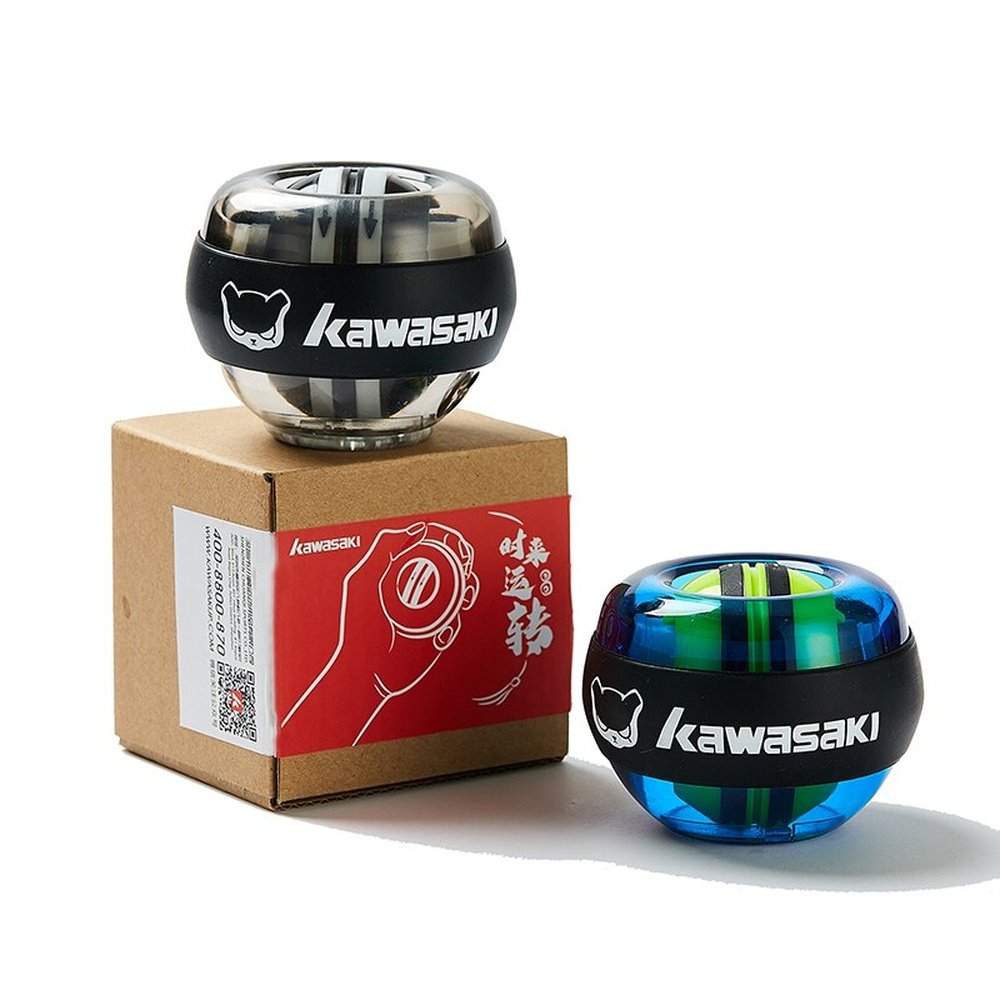
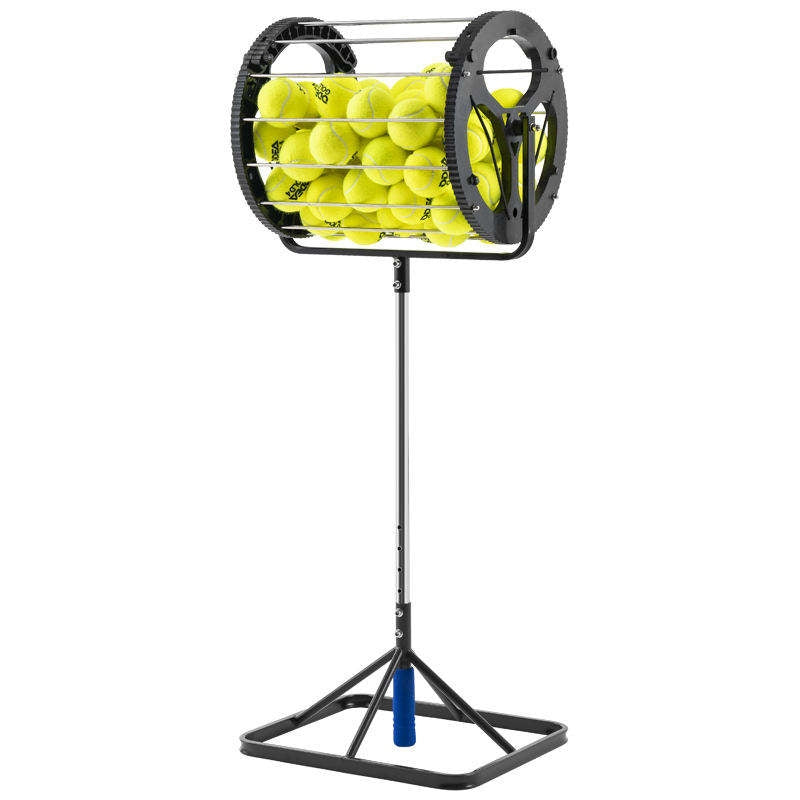


Leave a comment